Best Seasons for Siding Service

Spring offers moderate temperatures ideal for siding projects, allowing for efficient installation without weather-related delays.
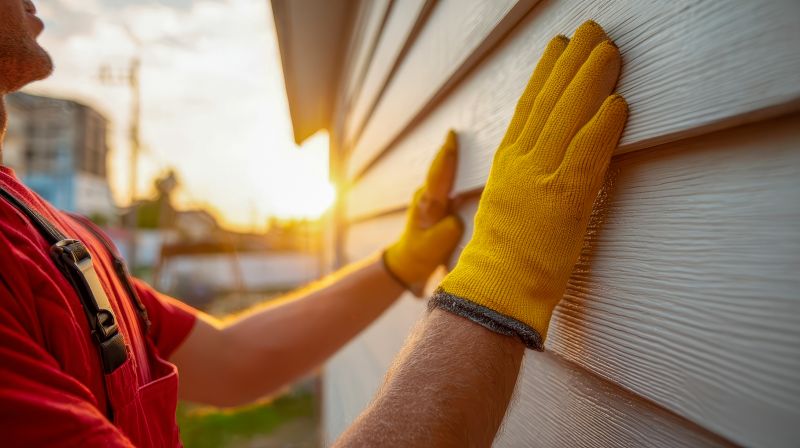
Summertime provides warm weather conducive to siding repairs and maintenance, though high temperatures may require scheduling during cooler parts of the day.

Fall is suitable for siding upgrades before winter, with cooler temperatures helping to ensure proper adhesion and curing.
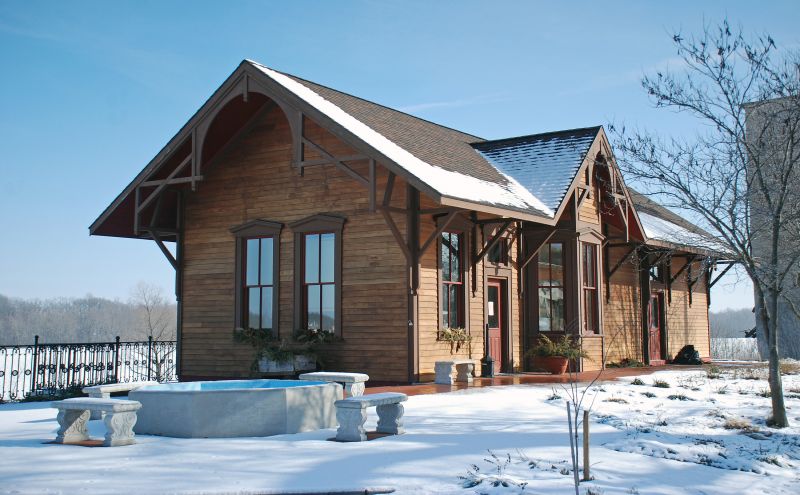
Winter can be challenging due to cold and potential snow, but in milder climates, siding work can be scheduled with proper planning.
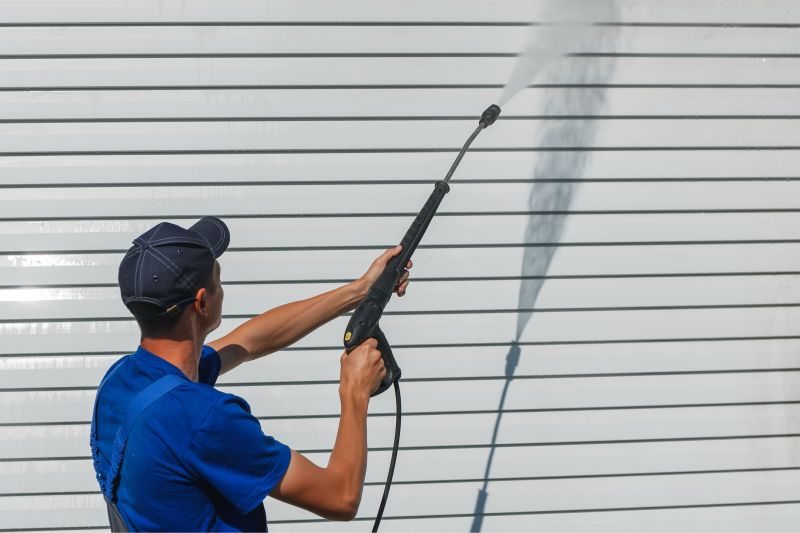
The best time for siding service generally occurs during mild weather, avoiding extreme heat or cold to ensure quality installation.
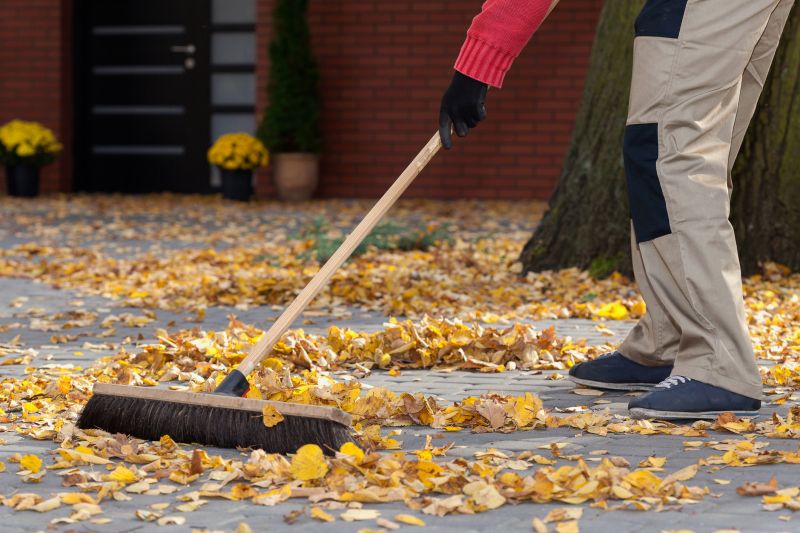
Off-peak seasons like early spring and late fall often provide more scheduling options and potentially lower costs.
Siding service encompasses installation, repair, and replacement of exterior wall coverings on residential and commercial properties. Proper siding enhances curb appeal, provides insulation, and protects structures from weather elements. The choice of siding material, such as vinyl, fiber cement, or wood, influences the optimal timing for service. Regular maintenance can extend the lifespan of siding and prevent costly repairs. Weather conditions significantly impact the quality and durability of siding work, making seasonal planning essential for best results.
Statistics indicate that siding projects completed during favorable weather conditions tend to have higher durability and fewer issues. For example, spring and early fall are often preferred for their moderate temperatures and lower humidity levels, which facilitate proper adhesion and curing. Scheduling siding service during these times can minimize delays and ensure optimal performance of materials.
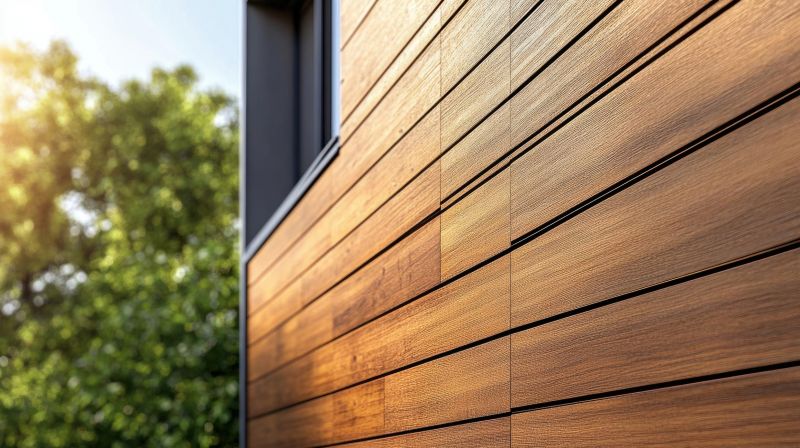
Spring offers ideal conditions for installing new siding with moderate temperatures and less humidity.
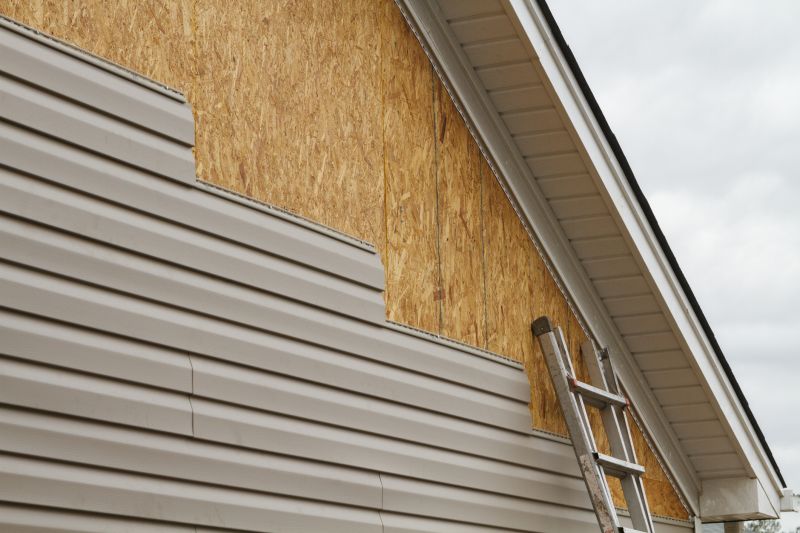
Fall allows for completing siding projects before winter, ensuring protection during colder months.
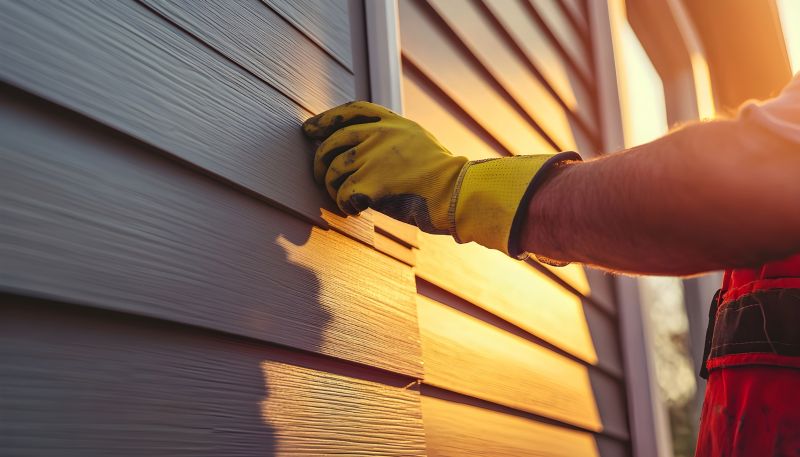
Summer provides warm weather suitable for repairs, though scheduling should avoid peak heat hours.

Winter work is possible in milder climates with proper planning to avoid freezing temperatures.
| Season | Best for Siding Service |
|---|---|
| Spring | Moderate temperatures, low humidity, ideal for installation and repairs. |
| Summer | Suitable for repairs and maintenance, best during cooler parts of the day. |
| Fall | Optimal for upgrades before winter, with cooler weather aiding adhesion. |
| Winter | Possible in milder climates with careful scheduling, but generally less preferred. |
Spring's mild weather helps ensure siding materials adhere properly, reducing the risk of future issues.
Completing siding work in fall prepares a property for winter, preventing damage from harsh weather.
Weather conditions during installation influence siding longevity and appearance, emphasizing the importance of timing.
Off-peak seasons may offer more competitive pricing due to lower demand for siding services.

Optimal conditions for siding installation are during mild, dry weather to ensure proper adhesion.
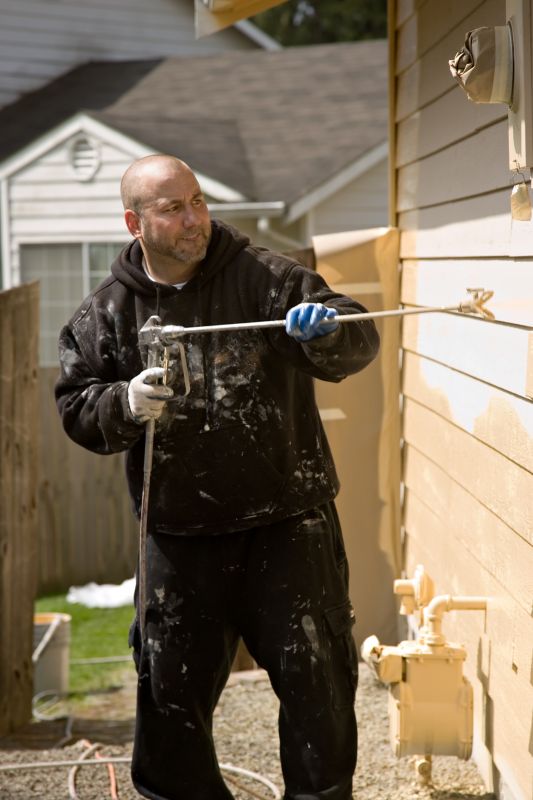
Completing siding projects before winter helps protect buildings from cold and moisture damage.

Summer's warmth facilitates repairs, but scheduling should account for high temperatures.

Fall provides a good window for upgrading siding before cold weather sets in.
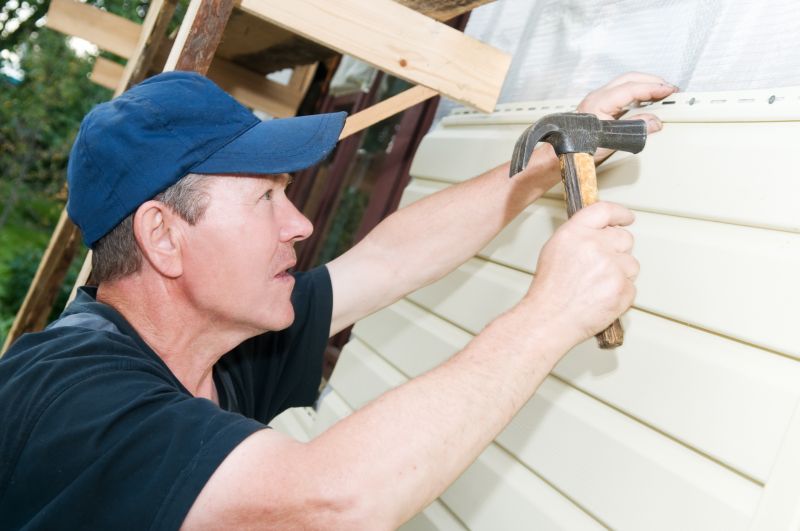
Climates with milder winters may allow for year-round siding work with proper precautions.
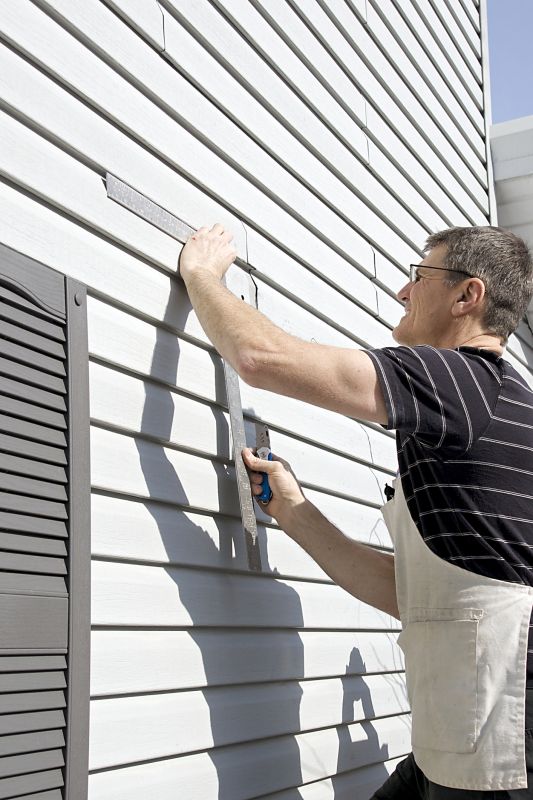
Monitoring weather forecasts helps in scheduling siding services during optimal conditions.
Interested property owners or managers should consider seasonal weather patterns when planning siding services. Proper timing not only ensures the quality of the installation or repair but also can influence costs and project duration. Consulting with siding professionals about the best time for specific projects can lead to more durable and visually appealing results.

